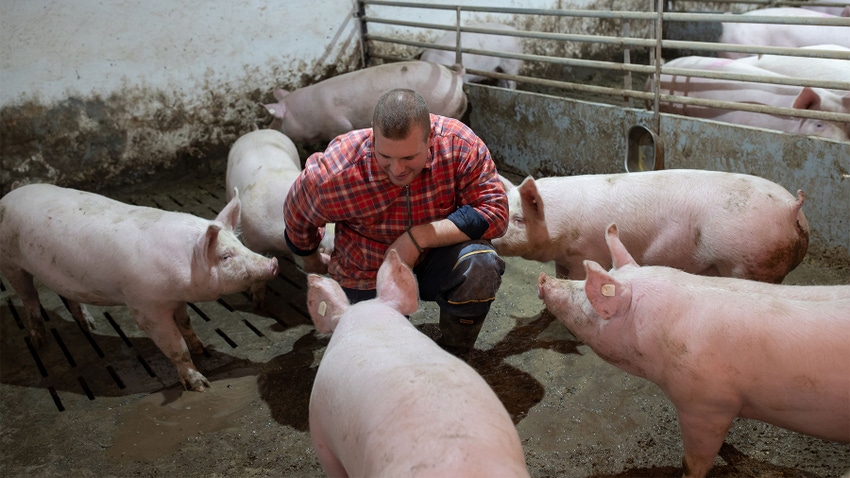December 26, 2023

by Wesley Tucker
While I hope none of you are going to be passing away this coming year, it's always good to reflect on your estate and ensure you are setting the next generation up for a smooth and successful transition.
One thing you can do is make sure your heirs know how to work with a competent tax professional and take full advantage of the tax code, including step-up basis.
Allocate basis among asset categories
For anyone who has ever bought a farm, your tax preparer may have asked if there were any depreciable assets on it. Things such as buildings, fences, a well or other improvements are fixtures, which are depreciable.
Those depreciable assets can be separated from the purchase price of the vacant land and placed on your depreciation schedule. By doing so, a portion of the purchase price saves the buyer income taxes over the next few years.
What many people don’t realize is they can do the same thing with inherited assets.
For example, let’s assume a family member inherits a small hog farm from their parents worth $1.5 million. However, with closer inspection, a good appraiser can separate out the different categories of assets:
Feeding buildings are worth $900,000.
The office building and shop are worth $60,000.
Feeding equipment is worth $250,000.
Well and pipelines are worth $10,000.
The backup generator is worth $15,000.
While the heir receives a step-up in basis in all assets, if the heir plans to continue the farming operation, they can take advantage of the tax benefits of placing the depreciable assets on their depreciation schedule. This will save considerable income tax dollars for the farming operation in later years.
Anytime you inherit assets, it’s a good idea to get an accurate appraisal to take full advantage of the step-up basis allowed. At the death of a farmer, most taxpayers think of the big-ticket items like land, but many forget about step-up basis for non-titled assets such as equipment, livestock and even growing crops.
How to deal with in-season crops
An often-overlooked asset in the estate of a farmer is crops growing in the field.
Depending on the time of year death occurs, crops may be close to harvest or just getting started. Either way, they represent an asset of the deceased, potentially giving the heir a step up in basis.
However, to receive the step-up, the deceased must be a farmer or a crop-share landlord materially participating in the operation. If they are a crop-share landlord not materially participating in the operation, the heirs will not receive the step up in basis. Instead, it becomes IRD (income-in-respect-of-a-decedent).
For example, let’s say a farmer dies in the middle of summer with wheat, corn and soybeans all planted. The wheat is close to harvest, so it has less risk of crop failure between the time of death and harvest, but the corn and soybeans have a long time to go.
The appraiser can use one of two methods to value the growing crops — the qualified appraisal method or the discount method.
If using the qualified appraisal method, the appraiser reviews the financials to determine how much the deceased has spent on the growing crop at the time of death. Then the appraiser increases the value based upon a factor of risk from then until harvest.
The discount method is similar. However, the appraiser waits until actual harvest is completed. Then the value of the crop is discounted backward based on how much time and associated risk has transpired.
Both methods provide the heirs with a new stepped-up basis in the commodity and greatly reduce the income tax paid when the crop is sold.
These are just a few of the issues arising from the death of a farmer that many heirs overlook.
As families mourn the loss of a loved one, income taxes are often the furthest thing from their mind. After taking time to grieve, make sure to work with your tax professional and a good appraiser to ensure you are taking full advantage of the tax code for your benefit.
Tucker is a University of Missouri Extension ag business specialist and succession planner. He can be reached at [email protected] or 417-326-4916.
You May Also Like




